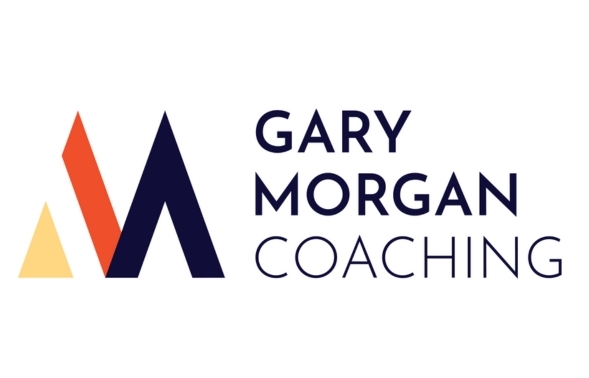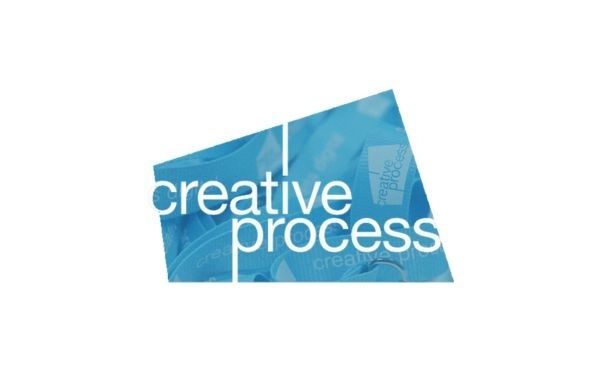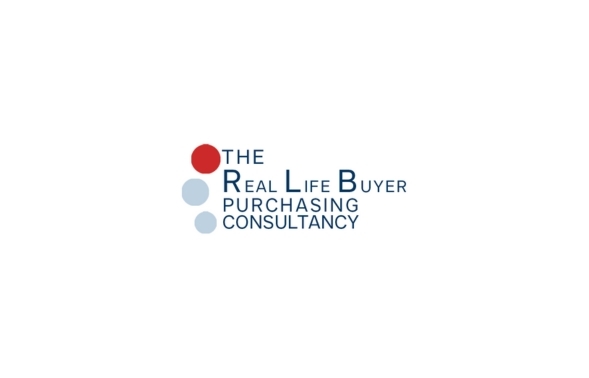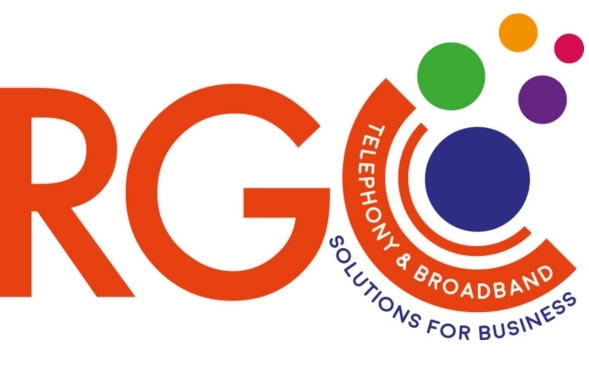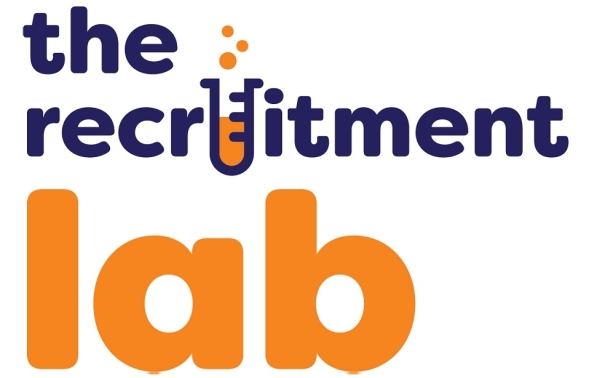Understand Your Ideal Customer Profile (ICP)
Before qualifying leads, define the characteristics of your ideal customer.
- Demographics: Age, location, industry, or company size.
- Pain Points: Common challenges your product or service can solve.
- Behavioural Traits: Purchase habits or decision-making patterns.
Tip: Collaborate with your marketing team to refine your ICP and align messaging accordingly.
Leverage the BANT Framework
BANT (Budget, Authority, Need, and Timeline) is a classic method for qualifying leads:
- Budget: Does the prospect have the financial resources to invest?
- Authority: Are you speaking to the decision-maker?
- Need: Does your solution address their specific pain points?
- Timeline: Is the prospect ready to act within a reasonable timeframe?
Example: Ask, “What’s your timeline for implementing a solution?” to gauge urgency.
Use Lead Scoring
Assign each lead a score based on their interest level and fit with your ICP.
Behavioural Data: Actions like downloading content, attending webinars, or visiting pricing pages.
Firmographic Data: Company size, revenue, or industry alignment.
Tip: Use CRM software to automate lead scoring for efficiency and consistency.
Ask the Right Questions
Engage prospects with thoughtful questions to uncover their needs and priorities.
- Open-ended questions: “What challenges are you currently facing in [specific area]?”
- Probing Questions: "What are your goals for the next quarter, and what strategies do you have in mind to achieve them?"
Tip: Avoid asking questions that prospects can easily answer with “yes” or “no”.
Monitor Engagement Levels
A lead’s level of interaction with your business can indicate their readiness to buy.
- Email Interactions: Do they open, click, or respond to your messages?
- Website Behaviour: Are they exploring key pages, like case studies or pricing?
Tip: Use analytics tools to track and measure engagement for actionable insights.
Conduct Pre-Qualification Research
Before contacting, gather as much information as possible about your lead.
- LinkedIn Profiles: Look for job roles, responsibilities, and recent activity.
- Company Websites: Identify recent news, projects, or initiatives.
Tip: Personalise your outreach based on the insights you gather to show genuine interest.
Qualify Through Conversations, Not Interrogations
Lead qualification should feel like a natural dialogue, not an intense questioning session.
- Focus on Value: Explain how your solution aligns with their needs.
- Listen Actively: Pay attention to verbal and non-verbal cues during conversations.
Tip: Make the process collaborative by involving the lead in exploring potential solutions.
Know When to Disqualify
Not every lead is a good fit, and that’s okay.
- Red Flags: Lack of budget, misaligned goals, or low interest in your offering.
- Graceful Exit: Politely end the conversation while opening the door for future opportunities.
Example: “It sounds like our solution might not fit your current needs, but let’s stay in touch.”
Final Words
Effective lead qualification focuses your time and energy on prospects most likely to convert. Understand your ideal customer, apply the BANT framework, and engage in meaningful conversations to find quality leads and close more deals.
The better you qualify, the more effective and rewarding your sales process will be.
If you would like my help qualifying leads and increasing your sales conversions please call me on 020 8337 5937 or send an email to gary@garymorgan.coach
Find out more about my sales training here.
This article first appeared on www.garymorgan.coach on the 4th February 2025
